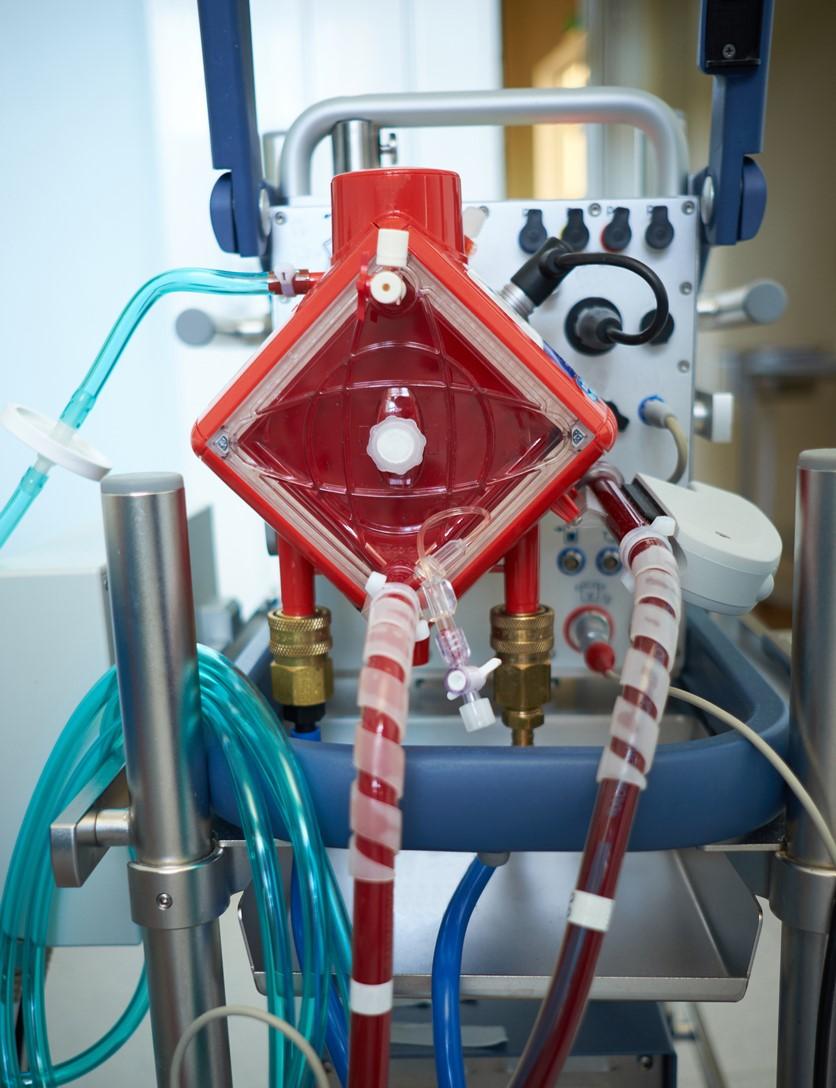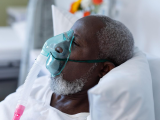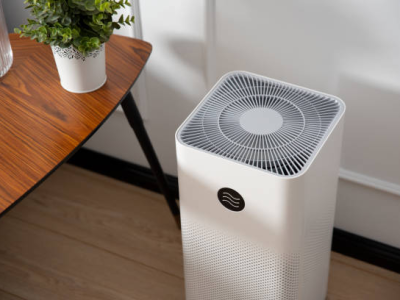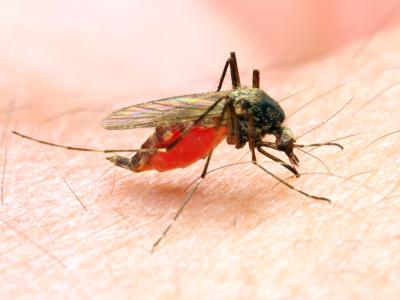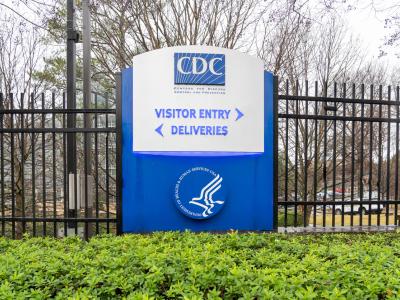As healthcare systems all over the world face rationing of medical supplies and personal protective equipment (PPE) amid the COVID-19 pandemic, experts are offering recommendations to enable ethical allocation.
In an article today in the New England Journal of Medicine (NEJM), an international group of experts on medical ethics and health policy give six recommendations to ensure that patients are treated equally and that individual physicians don't have to make the "terrible" decision about which patients receive life-sustaining treatment and which do not.
Meanwhile, the authors of a Mar 19 article published in Health Security describe strategies for state and local public health officials to distribute stockpiled ventilators to hospitals to achieve the greatest benefit.
And in related guidance published Mar 20 in The Lancet Respiratory Medicine, the authors say that providing life support using extracorporeal membrane oxygenation (ECMO) during the COVID-19 pandemic requires careful planning, selective use of resources, training of healthcare workers, effective communication and coordination, and strict infection-control measures.
Prioritization can entail tough choices
The writers of the NEJM article said that the highest-level authorities should develop rationing guidelines. "The question is not whether to set priorities, but how to do so ethically and consistently, rather than basing decisions on individual institutions' approaches or a clinician's intuition in the heat of the moment," they wrote.
Their guidance rests on the four values of maximizing the benefits provided by scarce resources, treating people equally, encouraging and rewarding people who can save lives, and giving priority to people most in need, regardless of wealth or ability to pay.
According to this framework, the authors recommend giving priority treatment to patients who are sick but could recover, even if it means removing a patient from a ventilator or intensive care unit (ICU) bed to give it to another. "Patients should be made aware of this possibility at admission," they wrote. "Many guidelines agree that the decision to withdraw a scarce resource to save others is not an act of killing and does not require the patient's consent."
Testing, PPE, ICU beds, ventilators, interventions, and vaccines should first be given to front-line healthcare workers, they said. "Priority for critical workers must not be abused by prioritizing wealthy or famous persons or the politically powerful above first responders and medical staff—as has already happened for testing," they wrote.
Hospitals should randomly choose patients for treatment, such as through a lottery, rather than on a first-come, first-served basis, which would be unfair to patients living farther away from the healthcare facility and unfairly exclude patients getting sick later in the pandemic. "In the face of time pressure and limited information, random selection is also preferable to trying to make finer-grained prognostic judgments within a group of roughly similar patients," they said.
When vaccines are available, the authors say that they should be given to healthcare workers and first responders and then to older adults. If vaccines are scarce for even the people in these categories, a lottery would be the fairest approach.
However, vaccine research participants should also be given priority for COVID-19 interventions. "Their assumption of risk during their participation in research helps future patients, and they should be rewarded for that contribution," they said.
Lastly, allocation of scarce resources should not be different in patients with coronavirus infection and those with other illnesses and should always maximize benefit. "For example, a doctor with an allergy who goes into anaphylactic shock and needs life-saving intubation and ventilator support should receive priority over COVID-19 patients who are not frontline health care workers," they wrote.
Optimal ventilator distribution
In the Health Security article, experts say that public health planners should survey hospitals in their area that care for patients on mechanical ventilation about their current inventory of ventilators and ability to store and use more ventilators before a pandemic, then update this information when the pandemic hits.
"Allocation decisions must be made carefully, because reallocation will be difficult once ventilators have been distributed," they said. "One modeling study of ventilator stockpiling dynamics in a large state found that the peak of the pandemic would likely affect different areas of the state almost simultaneously, making redistribution of ventilators challenging."
While the writers say that the United States' store of ventilators in hospitals and public health stockpiles may be enough for a pandemic with mild to moderate illness, a more severe one would likely require many more. "Assuming that ventilators would be effective in reducing morbidity and mortality during a future severe pandemic, researchers estimate that approximately 35,000 to 60,500 additional ventilators will be needed," they wrote.
A hospital's ability to use ventilators depends on the number of staff qualified to provide mechanical ventilation, an adequate number of beds, and availability of equipment to support very sick patients, such as oxygen, suctioning, airway management, and monitoring equipment.
"In addition to ethical principles, decisions should be informed by assessment of need, determination of facilities' ability to use additional ventilators, and facilities' capacity to ensure access to ventilators for vulnerable populations (eg, rural, inner city, and uninsured and underinsured individuals) or high-risk populations that may be more susceptible to illness," they said.
Alternatives to life-support rationing
To help healthcare systems fairly ration ECMO, the authors of the Lancet article offer an action plan with recommendations for healthcare workers, equipment, facilities, and systems.
They also advise healthcare systems on appropriate training, capacity, and planning, highlighting "essential" and "desirable" elements, depending on the system's resources and priorities.
"Given the propensity of…emerging infections to rapidly cause severe respiratory failure in many patients and, in the case of COVID-19, the high transmission rate of the virus and unclear overall case-fatality rate, the critical care response should be part of a larger pandemic plan to reduce transmission and prevent deaths," they wrote.
In a commentary in the same journal, Michael Matthay, MD, and colleagues from the University of California at San Francisco discuss alternatives to ECMO if the demand for it exceeds available resources or if a healthcare system lacks a coordinated referral protocol.
For example, they recommend trying high-flow nasal oxygen to patients with moderately low oxygen levels before performing endotracheal intubation. "This procedure might avoid the need for intubation and mechanical ventilation because it provides high concentrations of humidified oxygen, low levels of positive end-expiratory pressure, and can facilitate the elimination of carbon dioxide," they wrote.
